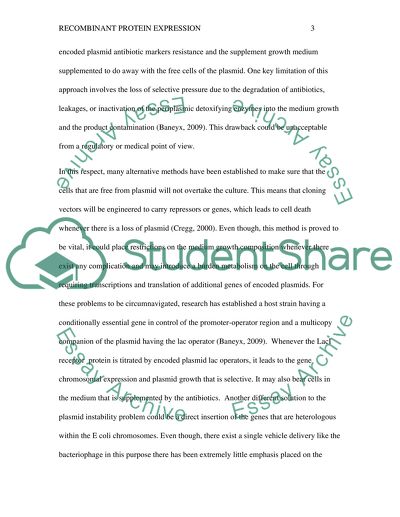Cite this document
(“Recombinant Protein Expression Lab Report Example | Topics and Well Written Essays - 1750 words”, n.d.)
Retrieved from https://studentshare.org/health-sciences-medicine/1468546-recombinant-protein-expression
Retrieved from https://studentshare.org/health-sciences-medicine/1468546-recombinant-protein-expression
(Recombinant Protein Expression Lab Report Example | Topics and Well Written Essays - 1750 Words)
https://studentshare.org/health-sciences-medicine/1468546-recombinant-protein-expression.
https://studentshare.org/health-sciences-medicine/1468546-recombinant-protein-expression.
“Recombinant Protein Expression Lab Report Example | Topics and Well Written Essays - 1750 Words”, n.d. https://studentshare.org/health-sciences-medicine/1468546-recombinant-protein-expression.


